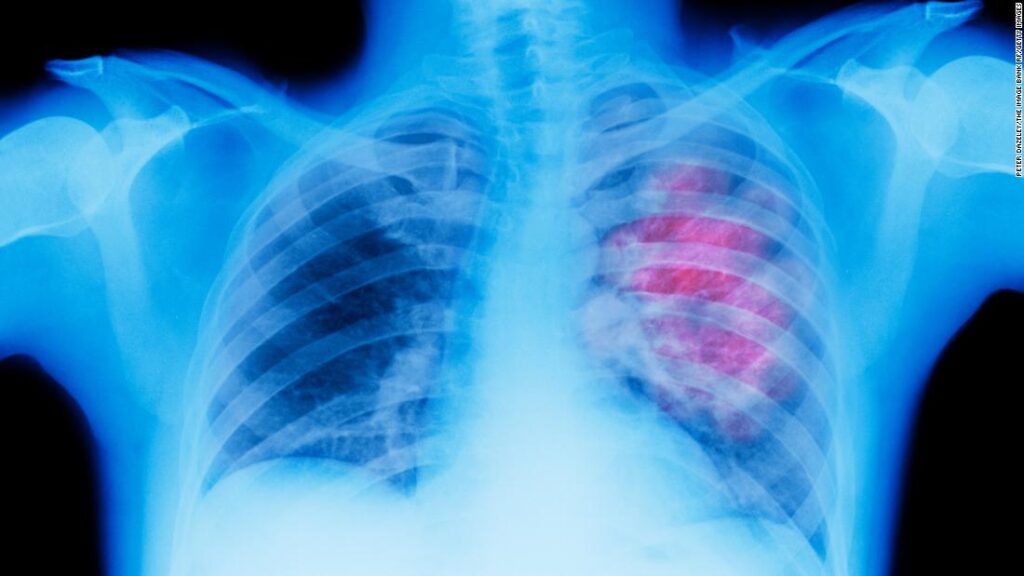“To our knowledge, this study represents the largest effort to date to determine the global burden of cancer attributable to risk factors, and it contributes to a growing body of evidence aimed at estimating the risk-attributable burden for specific cancers nationally, internationally, and globally,” Dr. Chris Murray, director of the Institute for Health Metrics and Evaluation at the University of Washington, and his colleagues wrote in the study.
The project collects and analyzes global data on deaths and disability. Murray and his colleagues zeroed in on cancer deaths and disability from 2010 to 2019 across 204 countries, examining 23 cancer types and 34 risk factors.
The leading cancers in terms of risk-attributable deaths globally in 2019 was tracheal, bronchus and lung cancer for both men and women, the researchers found.
The data also showed that risk-attributable cancer deaths are on the rise, increasing worldwide by 20.4% from 2010 to 2019. Globally, in 2019, the leading five regions in terms of risk-attributable death rates were central Europe, east Asia, North America, southern Latin America and western Europe.
“These findings highlight that a substantial proportion of cancer burden globally has potential for prevention through interventions aimed at reducing exposure to known cancer risk factors but also that a large proportion of cancer burden might not be avoidable through control of the risk factors currently estimated,” the researchers wrote. “Thus, cancer risk reduction efforts must be coupled with comprehensive cancer control strategies that include efforts to support early diagnosis and effective treatment.”
The new study “clearly delineates” the importance of primary cancer prevention and “the increasing cancer numbers related to obesity clearly demands our attention,” Dr. William Dahut, chief scientific officer for the American Cancer Society, who was not involved in the new study, wrote in an email to CNN.
“Modifying behavior could lead to millions more lives saved greatly overshadowing the impact of any drug ever approved,” he wrote, adding, “The continued impact of tobacco despite approximately 65 years of a linkage to cancer remains very problematic.”
Although tobacco use in the United States is less than in other countries, tobacco-related cancer deaths continue to be a major problem and disproportionately impact certain states, Dahut wrote.
“In addition, it is no secret that alcohol use as well as the dramatic increase in the median BMI will lead to significant numbers of preventable cancer deaths,” Dahut added. “Finally, cancer screening is particularly important in those at increased risk as we move to a world where screening is precision based and adaptable.”
“Poverty influences the environments in which people live, and those environments shape the lifestyle decisions that people are able to make. Action to prevent cancer requires concerted effort within and outside the health sector. This action includes specific policies focused on reducing exposure to cancer-causing risk factors, such as tobacco and alcohol use, and access to vaccinations that prevent cancer-causing infections, including hepatitis B and HPV,” Sarfati and Gurney wrote.
“The primary prevention of cancer through eradication or mitigation of modifiable risk factors is our best hope of reducing the future burden of cancer,” they wrote. “Reducing this burden will improve health and wellbeing, and alleviate the compounding effects on humans and the fiscal resourcing pressure within cancer services and the wider health sector.”

